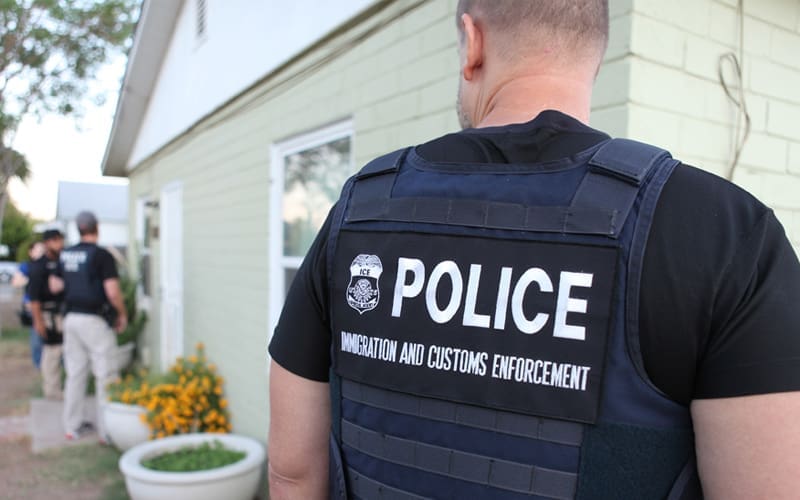In a new interview with The Dallas Express, CEO of the Metroplex Civic & Business Association Louis Darrouzet shared that rising crime in downtown Dallas can be attributed to a police shortage.
According to new data from the Metroplex Civic & Business Association (MCBA) comparing downtown Dallas and Fort Worth’s city centers, downtown Dallas’ crime score for October was nine times higher than downtown Fort Worth. Darrouzet told The Dallas Express that due to the lack of police resources, crime has been able to run rampant.
“I think Police Chief [Eddie] Garcia hit the nail on the head when he said, ‘We’re not going to arrest our way into lower crime,’ right? Of course, there will be people that need to be arrested. However, having a healthy enough police presence on the street is more of a deterrent than anything else. … Dallas is a large area, and because of how understaffed, under-resourced [the department is] they’re spread thin,” explained Darrouzet.
The Dallas Police Department has been experiencing an ongoing staffing shortage. It has been reported that the department has been maintaining fewer than 3,200 officers in the field. A city analysis shows that a municipality the size of Dallas should have a staffing level of around 4,000 officers.
Darrouzet says that, in theory, people looking to commit crimes aren’t going to go near places with more police presence.
If you’ve got police being consistent community partners walking up and down the streets, getting to know all the businesses and the lay of the land, you know? If [the police are] there consistently, the people who are looking to commit crimes aren’t going to go there, in theory.
In October, Dallas had 140 larceny/theft offenses, while Fort Worth had 22. Dallas also had 96 motor vehicle thefts, whereas Fort Worth had only 4. There were 97 assault offenses in Dallas, while Fort Worth had 9.
With respect to the numbers, Darrouzet says in Fort Worth, “there’s not as much of an open window to commit crime.”
“If someone was trying to decide if they were going to steal something or not, if there’s no police around, maybe they steal it. If there’s a lot of police around, maybe they don’t. It’s about the volume of police,” said Darrouzet.
In downtown Fort Worth, in addition to the police department, there is also a dedicated neighborhood police presence that works alongside other private security guards in the area.
Darrouzet also spoke on the issue of overcrowding jails, as county leaders have said the jail has reached 98 percent of its capacity. Due to this problem, many suspects and would-be inmates are either released early or they avoid incarceration altogether.
“It’s not that I want people to go to jail, but if people aren’t being punished for committing crimes, they’re going to keep committing crimes, right? … If there’s no repercussions for your actions, why would people change?” said Darrouzet.
On top of the rampant crime plaguing downtown Dallas, the city also has a homeless and vagrancy problem. Many residents were recently polled by The Dallas Express and shared their frustration with homelessness, vagrancy, and panhandling in their neighborhoods and throughout the city.
One policy model implemented in San Antonio called ‘Haven for Hope’ has been shown to reduce the homelessness problem by 77 percent in the city.
Dallas Mayor Eric Johnson visited the facility in August. However, nothing comparable to the model has yet been implemented by the City of Dallas.
No ads. No paywalls. No government grants. No corporate masters.
Just real news for real Texans.
Support Texas Scorecard to keep it that way!





